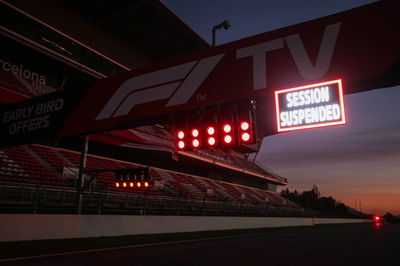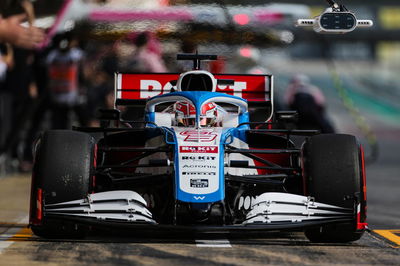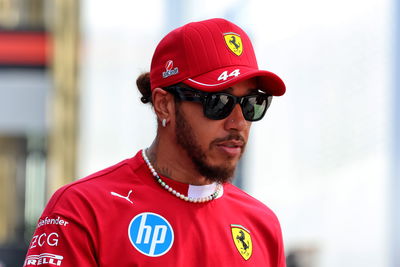Fragile Mercedes still the team to beat as F1 faces bigger concern
With Formula 1 pre-season testing over, we have been given an initial idea into how the 2020 picture looks heading into the upcoming campaign.
After 48 hours of completed running throughout a shortened six days of testing across the past fortnight at Circuit de Catalunya-Barcelona, the teams’ and drivers’ next port of call will be the season-opening Australian Grand Prix on March 15.
Here are some early conclusions after testing on how the teams appear to be faring heading to Melbourne.
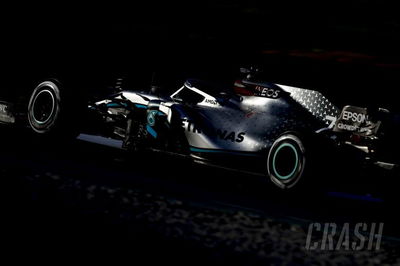
With Formula 1 pre-season testing over, we have been given an initial idea into how the 2020 picture looks heading into the upcoming campaign.
After 48 hours of completed running throughout a shortened six days of testing across the past fortnight at Circuit de Catalunya-Barcelona, the teams’ and drivers’ next port of call will be the season-opening Australian Grand Prix on March 15.
Here are some early conclusions after testing on how the teams appear to be faring heading to Melbourne.
Reliability concerns for strong Mercedes
Once again Mercedes looks the team to beat heading into another F1 season in its quest to seal a historic seventh consecutive world championship double. The German manufacturer ended pre-season just how it started it - at the top of the timesheets as Valtteri Bottas rounded out the final day fastest.
Mercedes set the quickest time of the entire winter - thanks to Bottas’ scintillating 1m15.732s from the first week that went unchallenged - as well as heading the mileage charts with a total haul of 903 laps combined, over 50 more than the next team managed.
But there are signs of chinks in Mercedes’ seemingly-impenetrable Silver armour after a number of worrying engine reliability issues cropped up that will be a concern for the reigning world champions on the eve of the new season.
Mercedes got through two power units in five days after Bottas suffered an electrical fault in the opening week, before Hamilton’s running on the penultimate day was restricted to just 14 laps when he broke down following a sudden loss of power. Its customer team Williams was also hit by four engine-related issues across the six days.
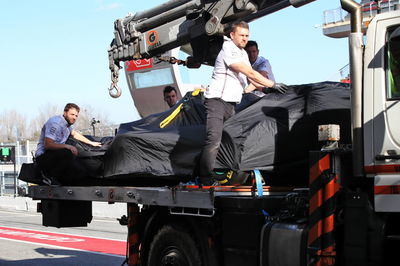
Hamilton admitted Mercedes has “plenty of problems to iron-out” following testing but is confident his team will get on top of its niggles before the lights go out at Albert Park.
Mercedes has certainly stolen a march on its rivals with regards to innovation, after it stunned the paddock with the introduction of a new dual-axis steering system (DAS) it has pioneered for the new season.
The reigning F1 world champions remained tight-lipped on the DAS system, using it sparingly in the second test compared to its headline-grabbing debut at the first test, as it assesses its strengths and potential opportunities with the system.
Red Bull not far behind
Although Red Bull lost some of its early momentum in terms of laps completed and slipped down the mileage charts during the second week of running, 2020 pre-season testing proved a very successful one for the Milton Keynes outfit.
Both Max Verstappen and Alexander Albon were pleased with the team’s new RB16 challenger, which not only ran reliably but looked well-balanced and fast, despite a handful of spins for both drivers which were put down to simply pushing the limits.
There were increasingly positive noises about Honda too, with AlphaTauri’s Pierre Gasly saying the Japanese manufacturer’s progress over the winter just gone was even better than 2019 as it looks to power Red Bull into a title challenge this year.
While Red Bull never ended a session with the outright fastest time, Verstappen set some eye-catching laps on the final day in cold and windy conditions that hinted at what its 2020 package is capable of.
While Verstappen got within 0.073s of Bottas’ Soft-tyre benchmark on the slightly harder C4 compound, it was the Dutchman’s earlier effort set on Medium C3s that was arguably more impressive as he was just 0.188s off the pace on a much more durable tyre.
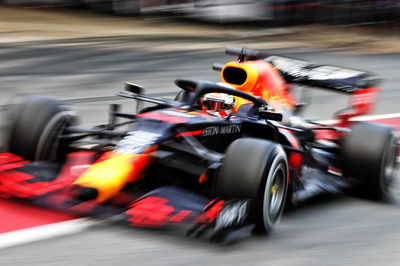
Ferrari’s mystery continues
The truth over where Ferrari stands compared to its rivals remains a big talking point as testing concluded at the Circuit de Catalunya-Barcelona.
There was mixed feedback about its SF1000 challenger coming from both drivers, while team principal Mattia Binotto repeatedly downplayed his side’s chances amid suggestions from Mercedes that the Italian squad was hiding its real pace by running lower engine modes throughout testing.
Ferrari hauled itself from third-bottom in the lap charts following the first test up to second spot behind Mercedes by the end of the six days as it largely avoided the top of the timesheets, aside from Sebastian Vettel setting the pace on the penultimate day and some fast laps from Charles Leclerc on Friday.
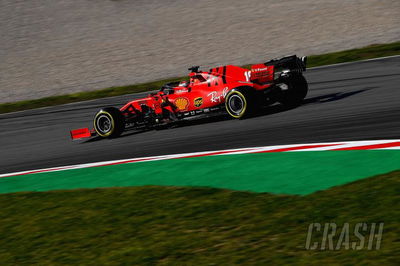
What of the midfield pack?
Trying to piece together the midfield puzzle in 2020 looks to be an even harder challenger than last season, with the majority of the already-tight pack performing solidly throughout testing.
Racing Point appears to have skewed the picture even more thanks to the introduction of its controversial Mercedes-inspired RP20 challenger which irked its rivals and left Sergio Perez buoyed, describing it as the best car he has ever driven.
McLaren and Renault came on stronger after respective slow starts and showed signs of their one-lap potential in the final few days, while AlphaTauri and Alfa Romeo each flirted towards the top of the timesheets, though the latter somewhat faded as mileage appeared to take priority for the Swiss outfit.
In stark contrast to 2019 - when it missed the opening two-and-a-half days of running due to car production delays - Williams enjoyed an encouraging test this time around.
The British team logged nearly 200 laps more than it managed across the entirety of last year’s eight days of running despite a shortened testing schedule, while its fastest lap (a 1m16.871s courtesy of George Russell) was over two seconds faster than the best it managed in 2019.
Haas seems to be the team on the back foot. Not only has it not come close to threatening the top half of the timing sheets at any stage, but it also ended testing with the lowest amount of mileage, racking up just 649 laps, nearly 100 fewer than the next team managed. Small reliability gremlins were also a recurring theme of the American outfit’s latest winter programme.

Coronavirus the biggest question mark
The biggest question mark heading into the new season is not over any of the teams’ performances, but rather the ongoing coronavirus epidemic.
At the time of writing, more than 80,000 people have been infected with the flu-like virus, which has killed around 2,800 people, most of them in China where the outbreak originated.
With the spread now worsening on a day-by-day basis across Europe and in particular, Italy - home to Ferrari, AlphaTauri, F1 tyre supplier Pirelli and Haas chassis builders Dallara - it is not surprising that the topic has dominated paddock talk throughout the second week of pre-season testing.
COVID-19, which the World Health Organisation (WHO) has warned is close to becoming a pandemic, has already forced the postponement or cancellation of a number of major sporting events across the world, including the Chinese Grand Prix. Doubts have now also been raised over the opening rounds in Australia, Bahrain and Vietnam.
Team bosses met with F1 CEO Chase Carey on Friday morning to discuss the latest developments of the coronavirus and to receive an update on the status of the first three races of 2020.
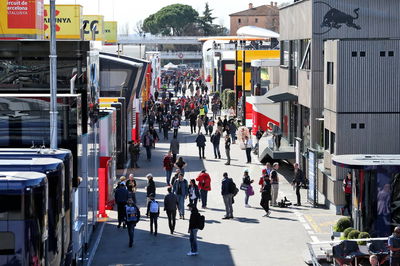
Speaking on Friday, Ferrari chief Binotto stressed that F1 teams must have safety assurances for its staff before traveling to Melbourne.
"I think what we will need is simply to have assurance before leaving,” he explained. “I don't think we can discover when [teams arrive] what can be or what will be the situation.
"So if there are any medical screenings, we need to know about them. You need to know exactly what's about. We need to understand what the consequences are in case of any problem.
"Obviously we need to protect our employees. We have got collective and individual responsibility towards them."
What happens from here on in will very much be influenced by how the coronavirus develops over the coming days and weeks.
Most laps completed (Test 1 and 2 combined):
Mercedes: 903 (409 in Test 2)
Ferrari: 844 (490 in Test 2)
McLaren: 802 (379 in Test 2)
Racing Point: 782 (411 in Test 2)
Red Bull: 780 (309 in Test 2)
AlphaTauri: 769 (385 in Test 2)
Renault: 743 (363 in Test 2)
Williams: 737 (413 in Test 2)
Alfa Romeo: 735 (311 in Test 2)
Haas: 649 (333 in Test 2)
Fastest laps set by each team:
Mercedes: 1m15.732s (C5)
Red Bull: 1m16.269s (C4)
Renault: 1m16.276s (C5)
Ferrari: 1m16.360s (C5)
Racing Point: 1m16.634s (C5)
McLaren: 1m16.820s (C4)
Williams: 1m16.871s (C5)
AlphaTauri: 1m16.914s (C4)
Alfa Romeo: 1m16.942s (C5)
Haas: 1m17.037s (C4)
